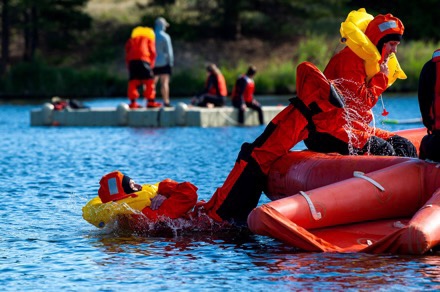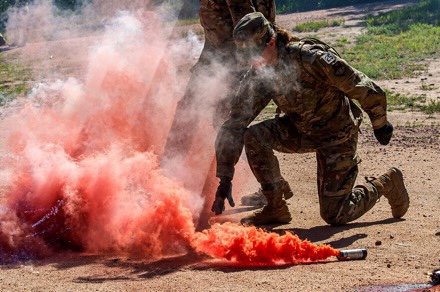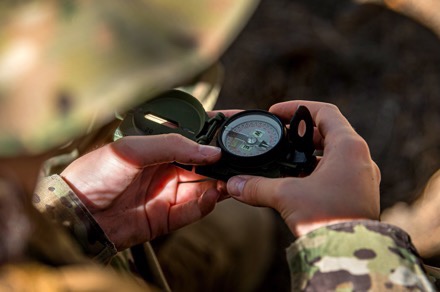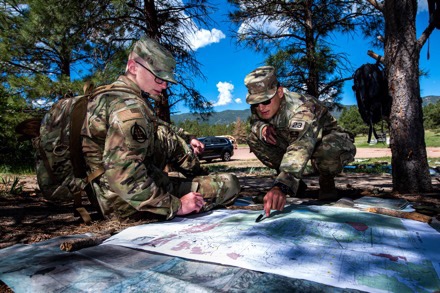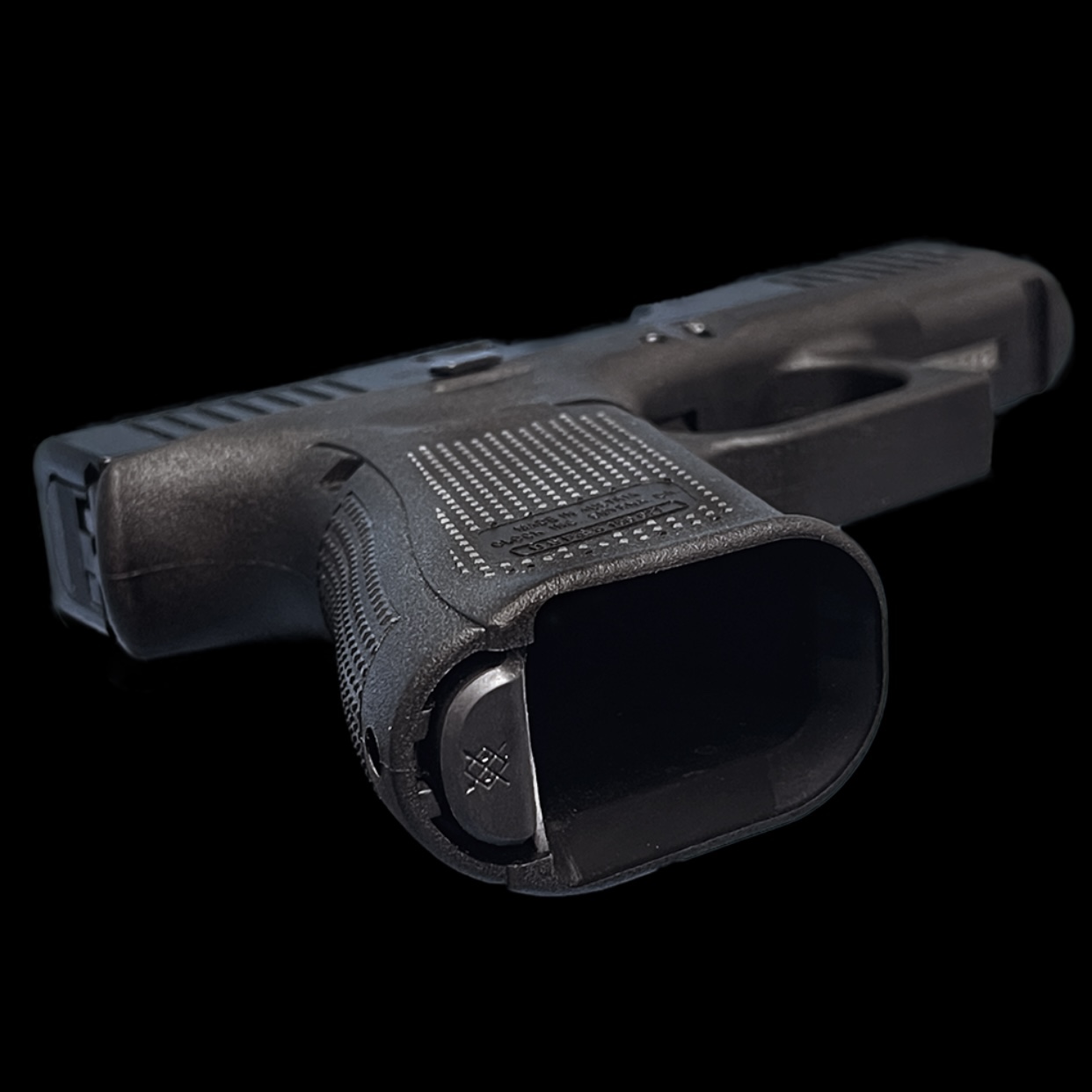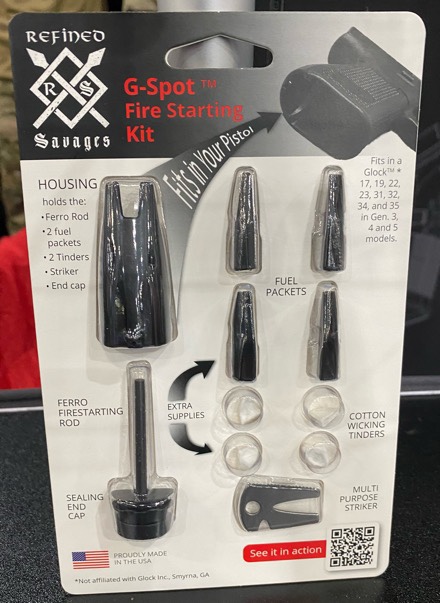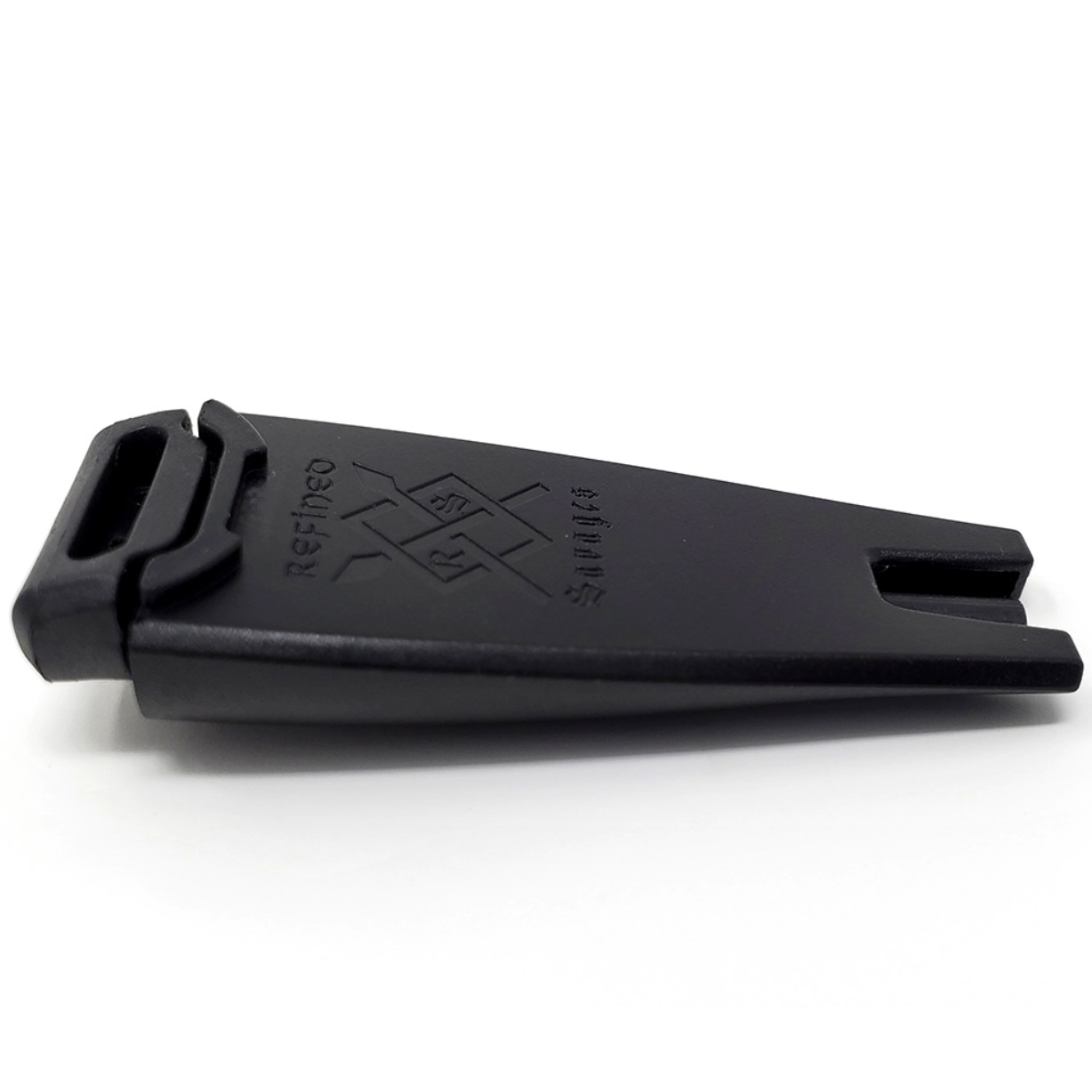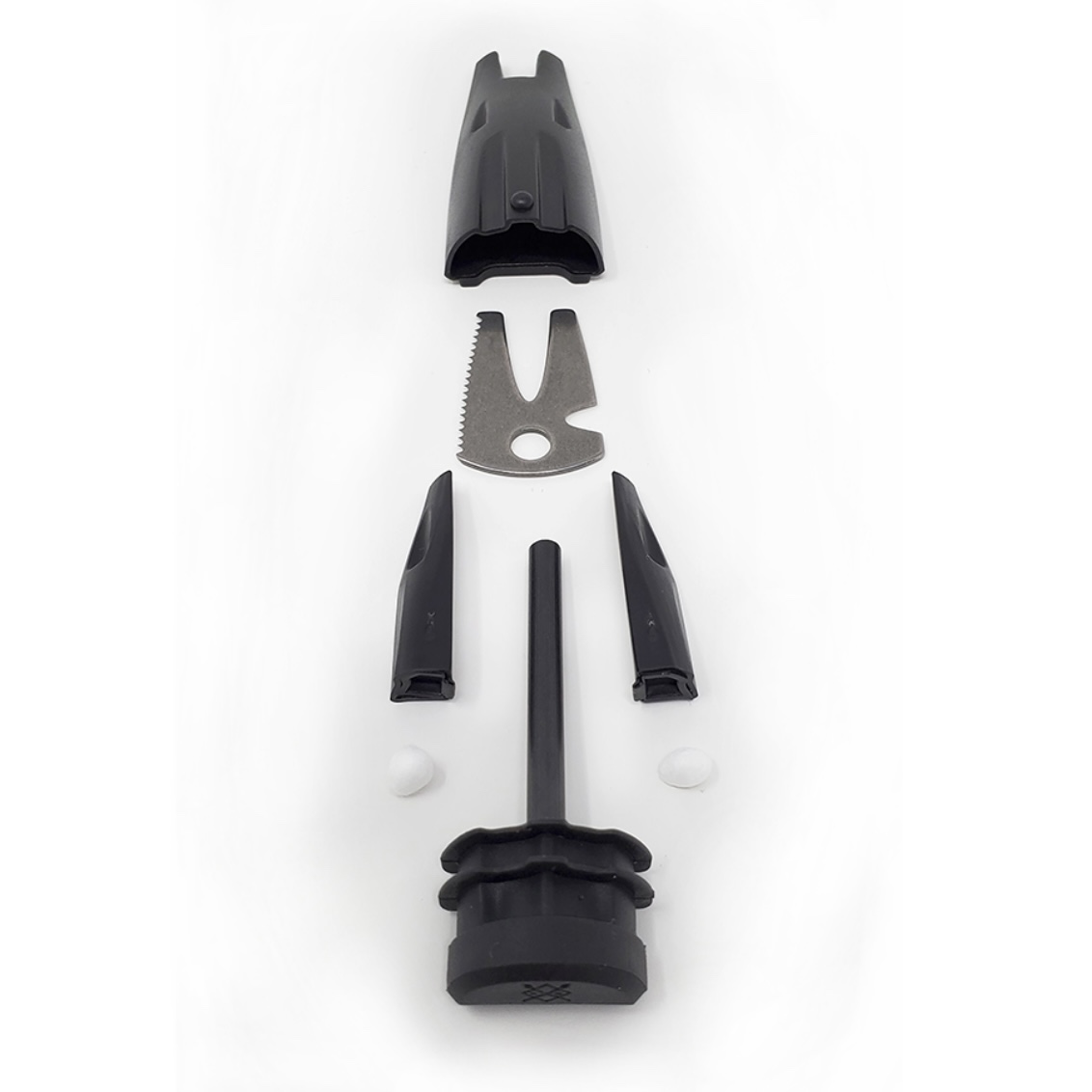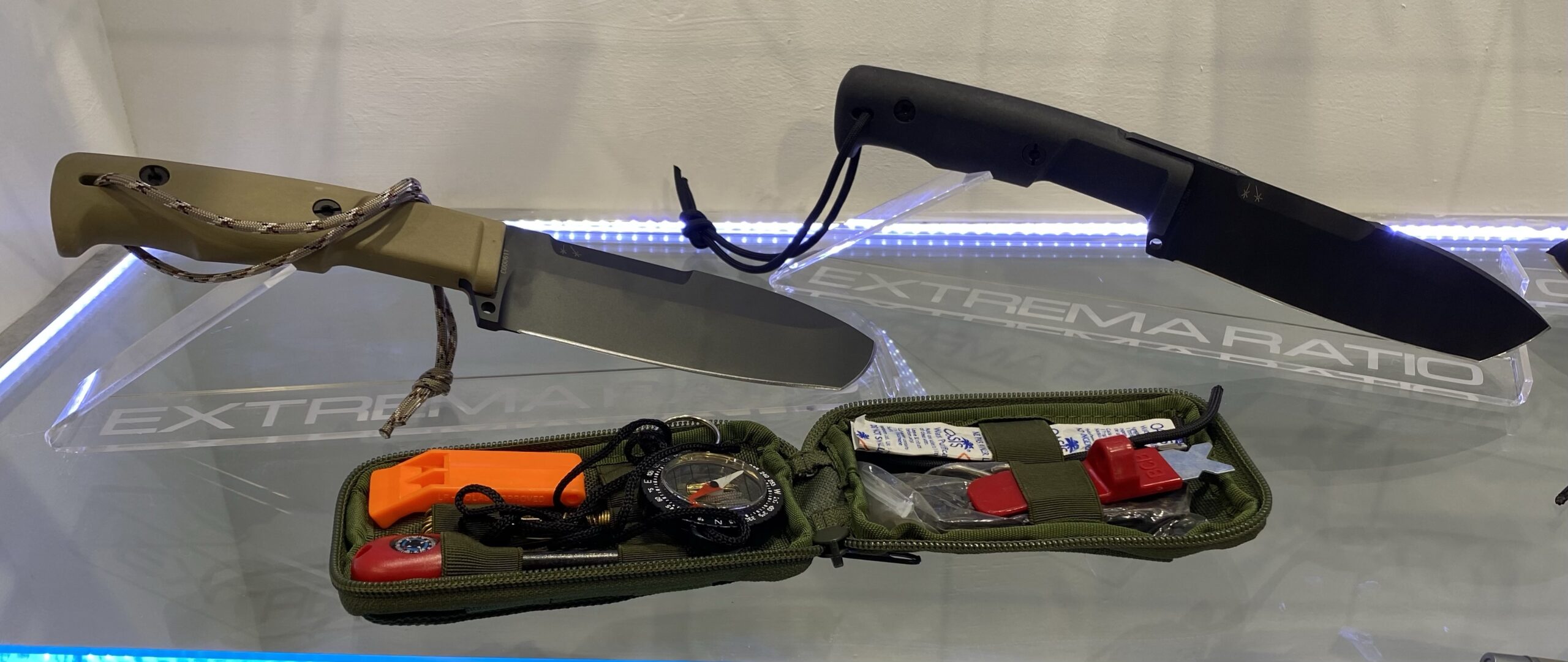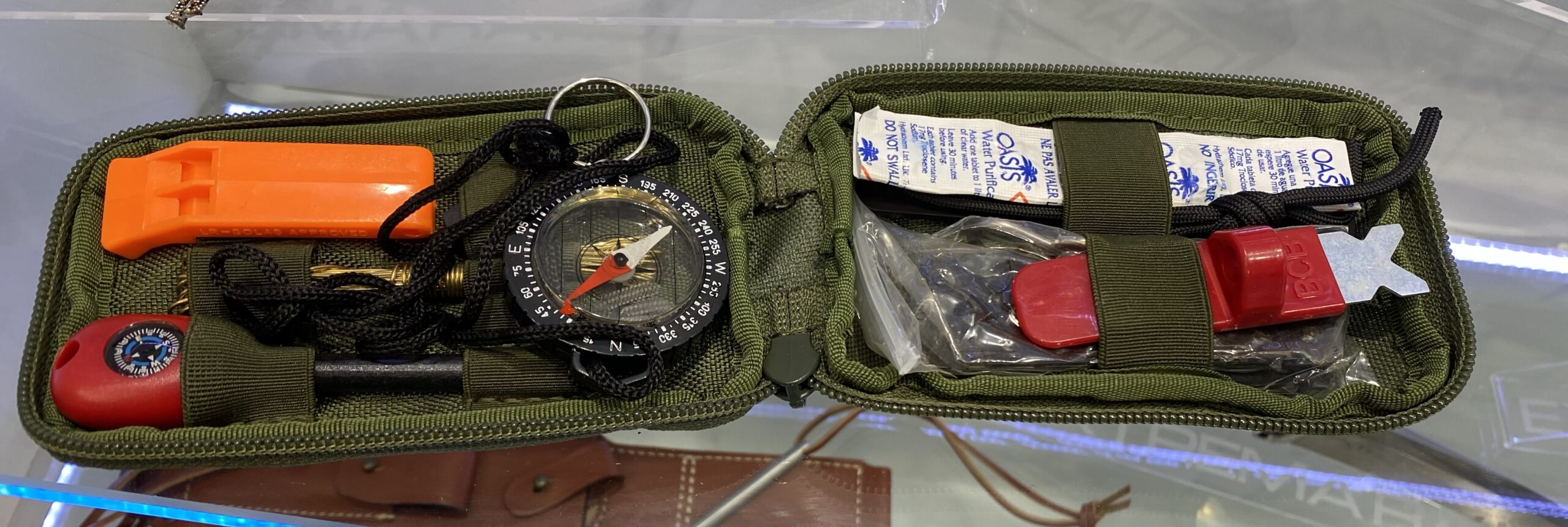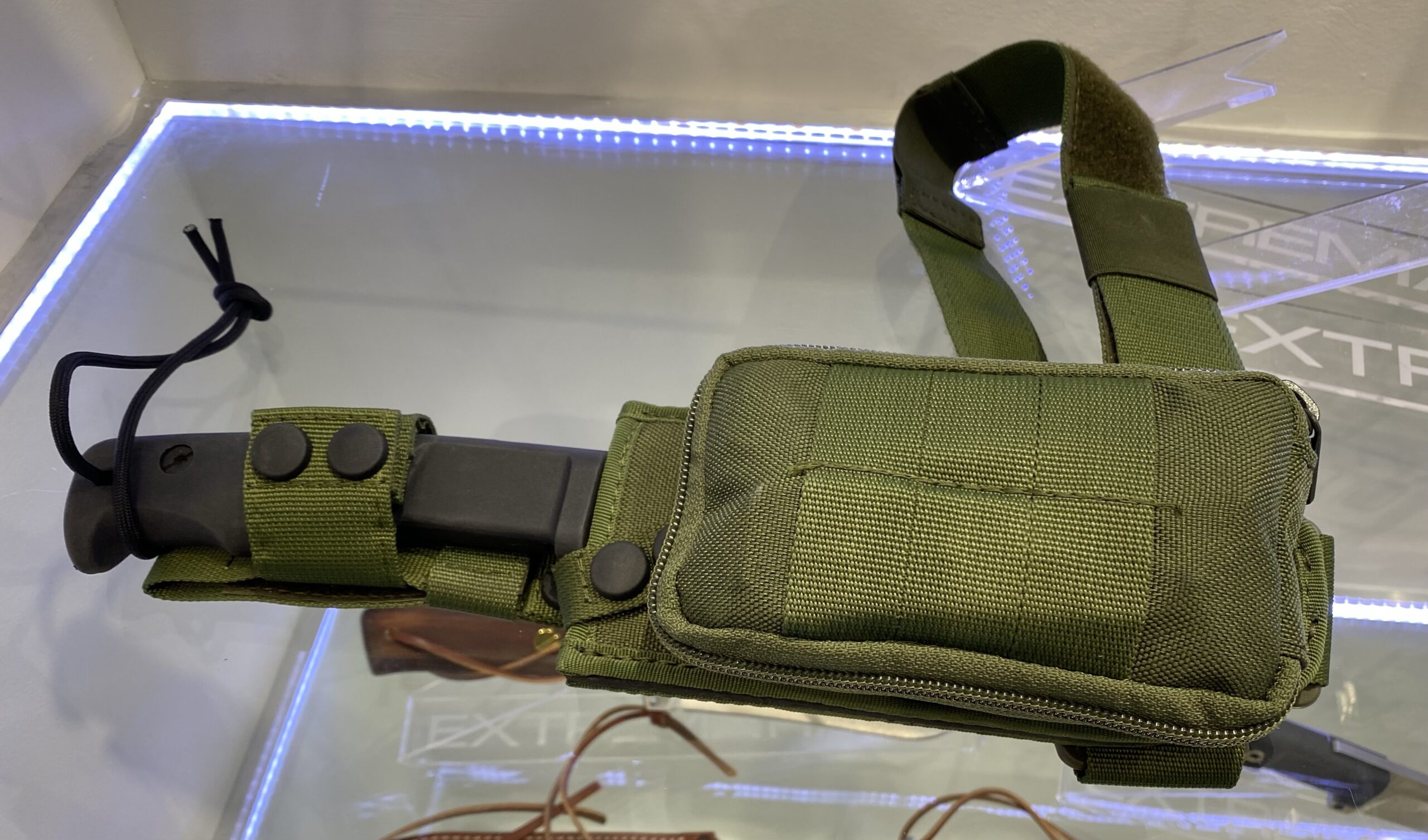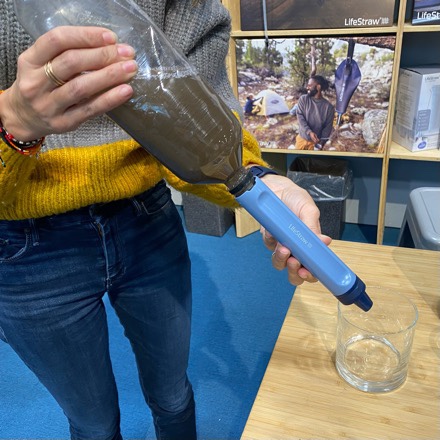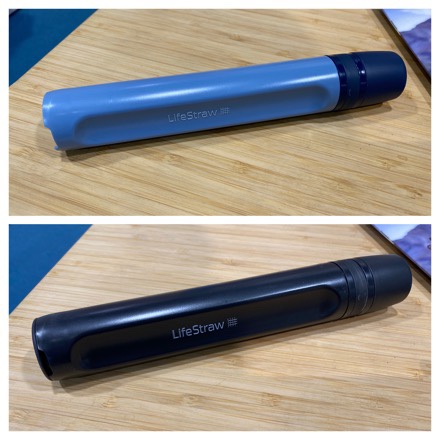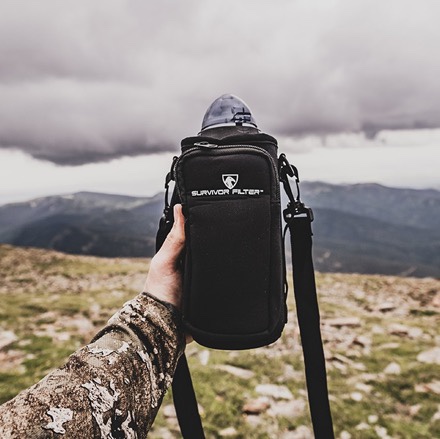
The C.E.E.K. (Covert Escape Evade Kit) is OTTE Gear’s solution for the everyday civilian who wants to have on his person or gear, certain tools that would be needed during an Escape and Evasion (E&E) Scenario. Designed to be small and discreet, this kit is not just for military operators or intelligence agents. Civilians can just as well utilize them for travel or EDC.
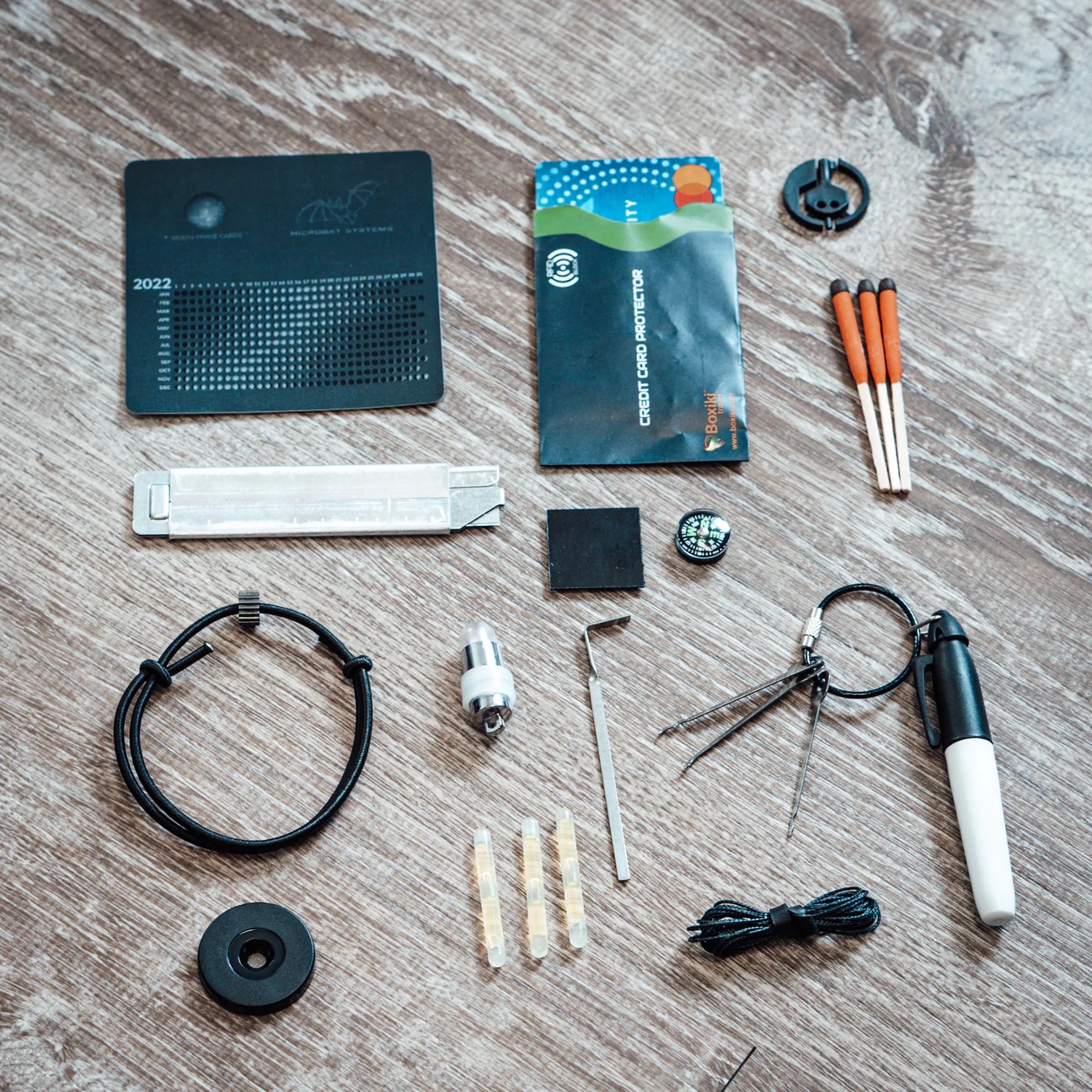
The kit includes:
MICROBAT MICRO CANDY: The Candy Micro is a Velcro-backed 4″x4″ pouch with a 4″x2″ Loop Velcro strip on the front side for identifier patches. The Candy Micro has nearly unlimited uses, Micro’s can fill roles of exterior organization of critical items on Chest Rigs and Plate Carriers, compartmentalization inside backpacks, or supplemental storage on the upper sleeves of combat shirts.
OSS LOCK PICK MICRO SET: 3 Inch tension bar, Short Hook (flat top), Snake (3/7 raker), Camel Back
MOON PHASE CARD: The Faze Card Allows the End User to Quickly Check the Natural Illume for one Calendar Year, Faze Cards are made of a Durable Light Weight Plastic Material, They Measure 3.5″x 3.5″ and fit Inside the Micro Candy Pouch for Storage and Reference.
GTFO WRIST STRAP: Lightweight, fully adjustable, and discreet; these straps are made of an elastic material and a tungsten carbide stryker bead. Designed by 4TAC5, this tool facilitates emergency vehicle egress via side or rear windows in confined spaces.
INFARED ID SQUARE: Infrared ID Squares and Circles Have Long Been Used to ID Friend/Foe on Friendly Kit and Uniforms, Made with Mil-Spec IR Material and Industrial Velcro.
NFC DISC: This small and discreet disk is easily concealed and allows the passage of information between devices by proximity versus sending over networks.
FIELD SCRIBE: Quickly jot down notes, license plates, descriptions, etc.,
UNIVERSAL HANDCUFF KEY: Made from glass-filled nylon this Universal Handcuff Key is undetectable by metal detectors and durable.
MICRO GLOW STICKS: These micro light-sticks are a highly concealable light source.
6FT 100LBS KEVLAR CORD: Black Braided Kevlar Line is made of 100% Dupont Kevlar Fiber, multi-strands weaving process which means high strength, high anti-abrasive and excellent resistance to cut
MICRO COMPASS: This super compact button compass is balanced for the northern hemisphere.
MICRO LIGHT: This small nonblinking light is powered by three replaceable 1.5V LR41 button cells (strong light lasts for 4 – 5 hours)
STORM PROOF MATCHES: Stormproof matches that are easy to light, and will stay lit for up to 15 seconds, even after being submerged in water.
POP KNIFE WITH STRIKE PANEL: Safe, fully retractable blade with 3M Match Striker Sticker on the side.
RFID CARD SLEEVE: This sleeve is equipped with advanced RFID SECURE Technology, a unique metal composite, engineered specifically to block 13.56 MHz or higher RFID signals and protect the valuable information stored on RFID chips from unauthorized scans.
Note: This kit was not designed to thwart Law Enforcement or endanger those protecting our streets daily.


